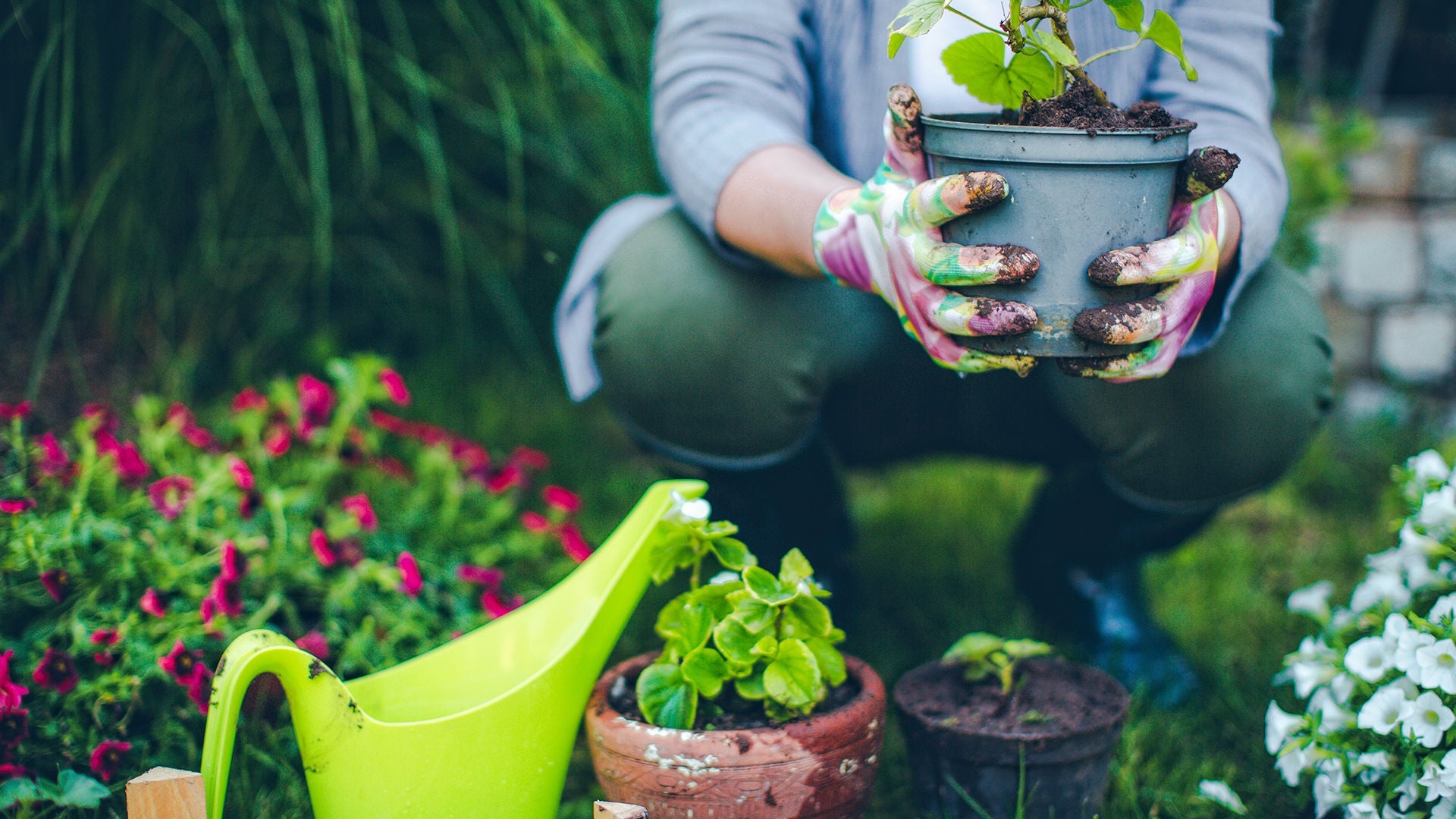How to Grow a Garden that Will Fight Climate Change
Climate change is at the root of rising global temperatures, the melting of Arctic sea ice, changing weather patterns and a rise in the amount and intensity of extreme natural events – from forest fires to hurricanes. Since carbon dioxide is one of the big culprits in the greenhouse effect, it’s up to us to find ways to remove that carbon dioxide from the air. One of those ways? Gardening!
If you’ve got a green thumb, you’re well on your way, but there are a lot of aspects to creating a garden that fights climate change.

Carbon Sequestration
Firstly, you’ve got to know how gardening can sequester carbon dioxide. Did you know that soil can store carbon dioxide? It’s true! Plants are incredible at sucking carbon dioxide out of the air and storing it in their tissues and into the soil. Soil rich in humus (which is essentially dark, organic matter that was once plant/animal material) is incredibly beneficial. You see, humus is made of about 60 per cent carbon! And that carbon can go undisturbed for hundreds and hundreds of years before the carbon is eventually released into the atmosphere again. That said, according to the director of Ohio State University’s Carbon Management and Sequestration Centre, our cultivated soils across the globe has lost between 50 to 70 per cent of its carbon stock. That’s a pretty big problem. But it’s one that we can do something about!
#1. Say NO to Tilling the Garden
Considering that soil stores carbon when it’s left alone, it’s important that you’re not digging up your yard too much. Try to do as little digging as possible – even digging with a spade or garden fork can expose soil to the air and sun and can release carbon back into the atmosphere. One key way to ensure you’re not spending time turning up the earth is by planting native plants – from flowers to shrubs to trees, when you plant native plants and perennials, you’ve got permanent plants that don’t need as much work. Native plants are basically low maintenance and the lower the maintenance the better your garden soil can store carbon. Plus that means less work for you!!
#2. Say YES to Trees/Bushes
You probably already know that trees soak up a lot of carbon dioxide. On average, one mature tree can pack about 21 kilograms of carbon dioxide over the course of a single year! That’s about as much carbon dioxide emitted when driving over 240 kilometres in a hybrid car. So when you’re thinking of how you can fight climate change in your backyard, definitely factor in a tree into your plan! Studies suggest that bigger trees capture the most carbon. If you can, plant the biggest tree that your yard can handle. Also plant long lived trees. Some trees can live for hundreds of years! So plant trees like Douglas Firs, Sugar Maples or White Pines! And don’t forget shrubs. They won’t absorb nearly as much carbon dioxide as trees do, but they’re still great allies in the fight against climate change! In addition to planting trees and shrubs on your property, leave existing trees alone, especially older ones!

#3. Say NO to Synthetic Fertilizers
Synthetic fertilizer does so much damage to the environment. When you use synthetic fertilizers around your garden, your plants typically get hit hard with a heavy dose of nitrogen. That excess nitrogen gets into the soil and sparks a ton of activity in the soil’s microorganisms. Moreover, even the process of manufacturing synthetic fertilizer is terrible. For every ton of nitrogen made, up to six tons of carbon end up in the atmosphere. So please. Whatever you do. Ditch the synthetic fertilizer. The planet will thank you.
#4. Say YES to Mulch and Compost
One incredible way to make sure carbon stays in the soil is to get savvy with layering in your garden. Natural undyed mulch, compost and leaves are all brilliant to add around the base of plants. With compost in particular, whether you layer the stuff at the base of your perennials, or sprinkle it around the roots of trees and shrubs, this organic matter is going to give a ton of nutrients for your plants to grow. Plus, it can also help keep their roots even in hot weather, keep weeds down and provide shelter for beneficial insects. So how much compost do you need to add? Of course that depends on where you live in Canada and what kind of soil you have, but as a general rule, add at the very least two centimetres of the stuff to your plants. Don’t forget to add more every couple of years.

